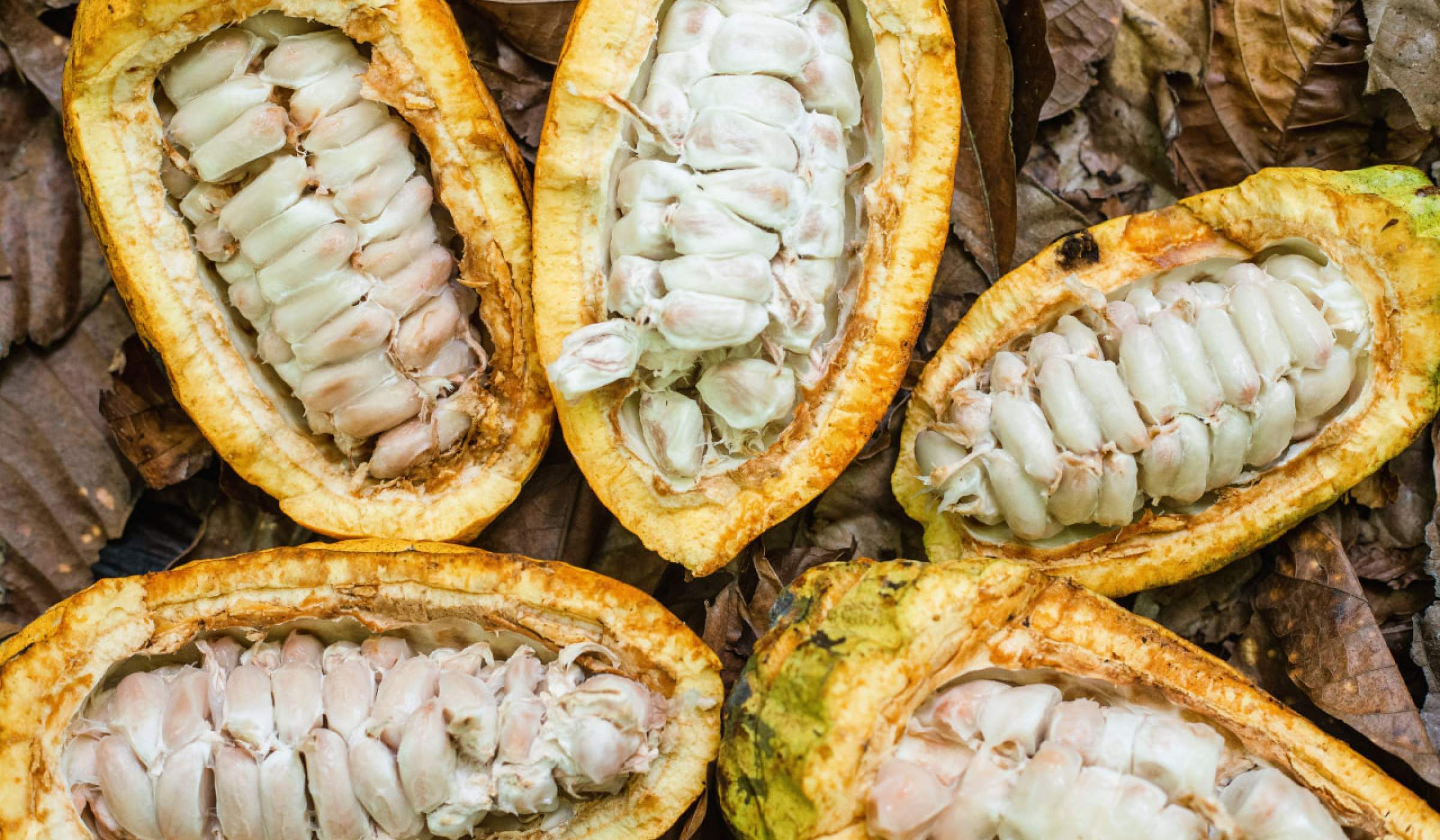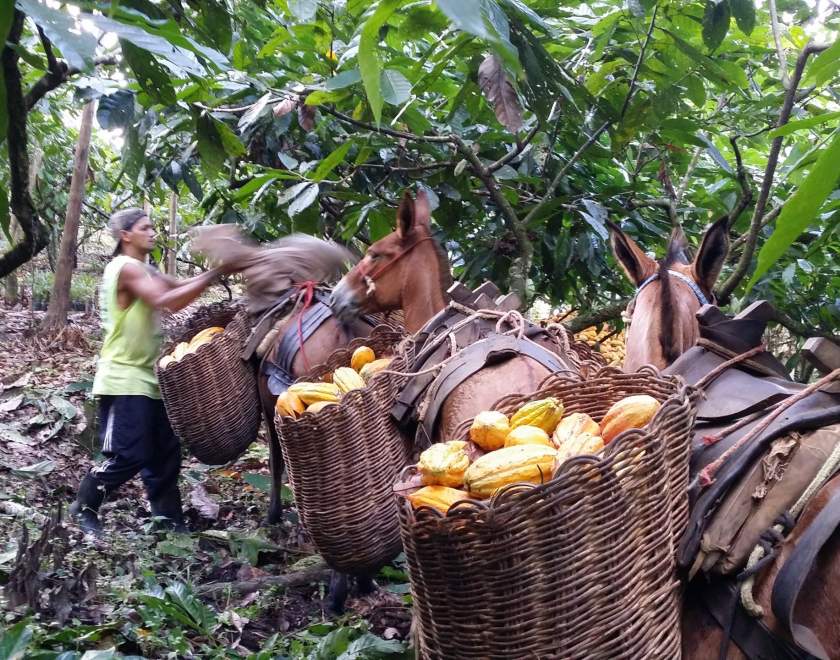
The recently launched, industry-commissioned report “Panorama of Cocoa Cultivation in the Southern Coastal Territory of Bahia”...
The recently launched, industry-commissioned report “Panorama of Cocoa Cultivation in the Southern Coastal Territory of Bahia” analyzes sustainability issues in Brazil’s South Bahia territory. It is the only study over the past 20 years that details the everyday lives and realities of the typical cocoa grower in South Bahia. The detailed findings cover social, economic, and environmental aspects of cocoa growing, including living and working conditions, the household and its members, agricultural practices, growers’ incomes, technical assistance, access to credit, and more.
The findings are from a sample of 2,443 smallholder farmers in 26 municipalities, interviewed annually during a five-year period (2015-2019). The report is an important source of information to understand local challenges and guide the design of potential field level activities, programs, and initiatives by the public and private sectors to address these challenges.
The report shows that the average area with cocoa in the South Bahia territory is 12 hectares. Cocoa producers are 62 years old, on average, with little formal education. Cocoa is grown in cabrucas – an agroforestry system used historically in this region, where cocoa is grown under the shade of original Atlantic Forest trees – by 78% of the farms, with bananas being the main associated crop. Cocoa productivity is low, with an average of 11.8 arrobas (140kg) per hectare per year. Over 50% of the farms do not use fertilizers. Cocoa drying structures are present in most farms, but only 27.5% of them have fermentation houses, a built structure where cocoa is fermented in wooden boxes. The migration of youth from rural areas to larger cities in search of work is noticeable.
It is evident that the response to many of the challenges faced in the region are complex and require a broad set of integrated multi-stakeholder interventions from the public and private sectors. The goal should be to make cocoa farming a profitable and sustainable activity in South Bahia, thus attractive to younger generations of farmers, who have been migrating from the rural areas to the cities, in search of work and better living opportunities. Change is possible, and small advances in basic agronomical practices – such as fertilization, pruning, soil analyses, use of inputs, adoption of technologies – lead to productivity increases, which lead to more profitable cocoa farmers.
The report is authored by Floresta Viva Institute (IFV), in partnership with researchers from UESC (State University of Santa Cruz), UFSB (Federal University of South Bahia), and Brown University (USA). was developed with support from CocoaAction Brasil, with resources from Barry Callebaut, Cargill, Dengo, Mars Wrigley, Mondelēz International, Nestlé, Olam, Rainforest Alliance, and Arapyaú Institute, and institutional support from Brazilian associations AIPC (National Association of the Cocoa Processing Industry) and ABICAB (Brazilian Chocolate, Peanuts and Candies Industry Association).
